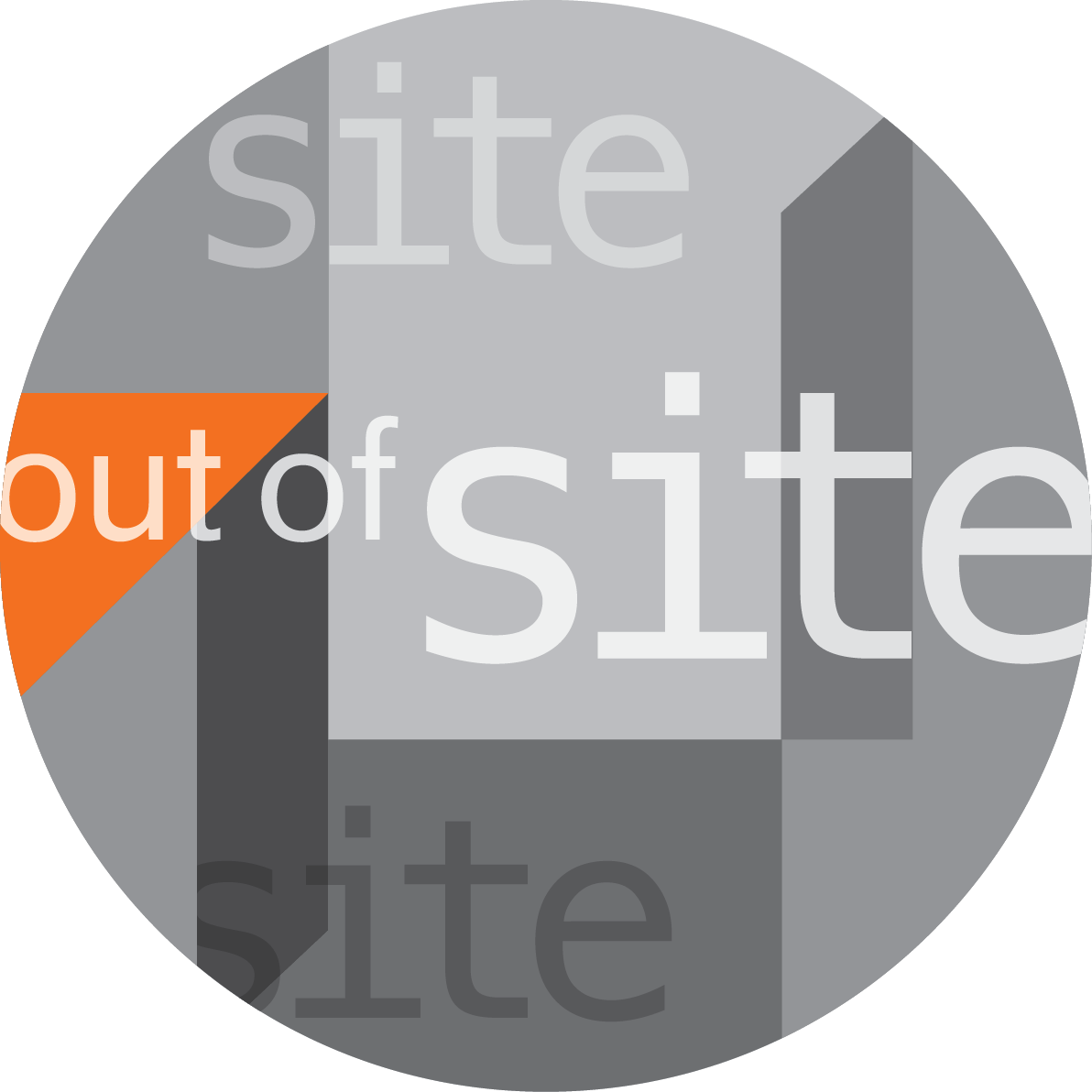Anette Friedrich
Johannessen
“allemannsretten”
(Public Right of Access, Outdoor Recreation Act of 1957)
Performance with Ice
Photo Credit: Petter Lønningen
Abstract
Thursday September 21
12noon – 1:30pm CST |
19:00 – 20:30 CET
An Artist Presentation
Live at WORM, Rotterdam TBC
My artistic practice explores the individual's relationship to nature, our acquired sense of ownership of the landscape, and how public rights of access are challenged by ever-increasing mass tourism, privatisation, and the human environmental footprint. In Norway, public space extends beyond the town square and other regulated spaces. Through "allemannsretten" (Public Right of Access, Outdoor Recreation Act of 1957), the wild nature is regulated as a public good: For centuries we have been free to roam the countryside, in woodlands and meadows, on rivers and lakes, amidst coastal islets and mountain summits – no matter who owns the land. While we are free to forage for saltwater fish, berries, mushrooms or flowers, we come away not only with the fruits of nature but with our own memories and experiences. In my projects I attempt to communicate an understanding of nature, our behaviour in it and how we again can become a part of it. By doing so we will learn how to preserve it and function in it. It arose in connection with artist residencies at various locations in Norway, where I worked in vulnerable landscapes that are already strongly affected by man-made climate change. All human activity affects nature. My attempt is to distinguish and investigate the core elements of the landscape by spending as much time in the particular landscape I work in. This type of research involves long durational walks, field work through drawing, text and video and performances that investigates the rituals of movement and repetitive actions. It is the place I work in and navigate myself through that makes the decisions on how the final outcome will be, which keeps me attentive to details in both the place and its inhabitants. My work often starts with an analysis of the environment, where I map the opportunities offered by nature and the landscape I spend my time in. I often start by exploring the place's cultural heritage and history, and how the landscape has shaped this. The core of my field work is to find ways to communicate with the place and explore what is most essential in the landscape. In other words, I build a foundation for my performance work by collecting, noting and studying. This is done with daily rituals and preparations; what should I bring, where should I go and how should I become part of the landscape. My work often starts with an analysis of the environment, where I map the opportunities offered by nature and the landscape I spend my time in. I often start by exploring the place's cultural heritage and history, and how the landscape has shaped this. I work outdoors with found materials/inspiration from the landscape, through performance/video. As my work method always focuses on intuitive processes, it is not always easy to describe a specific project plan. It is always the place that sets the frame for how things develop and what materials that will be taken into use.


